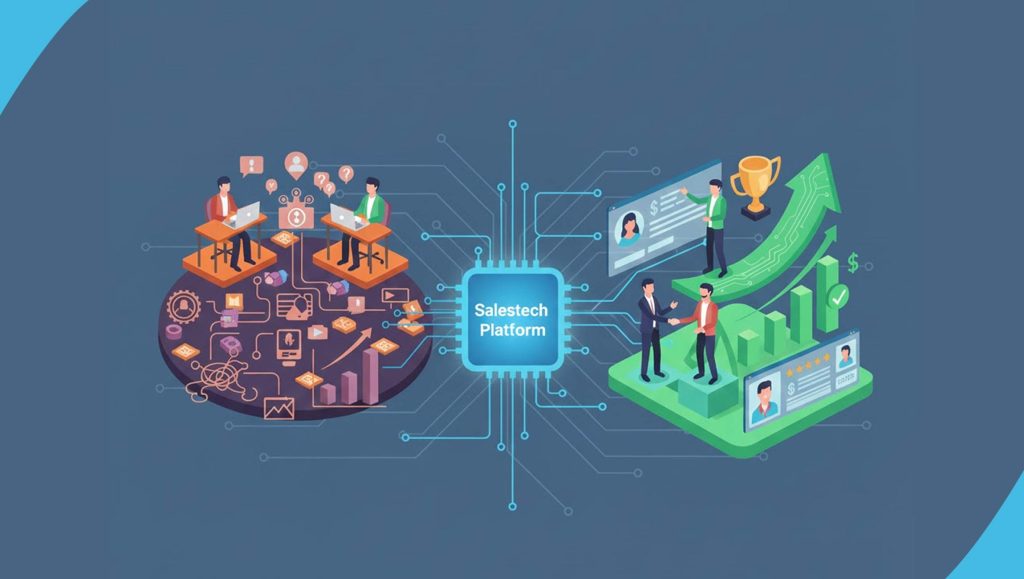Experts Reveal How to Sustain Growth Through Disruption at the 2022 Gartner CSO & Sales Leader Conference, May 17-18
Sales leaders looking to cultivate an adaptable sales organization should rethink their current sales efforts across three dimensions, according to Gartner, Inc. Those dimensions include: customer understanding, customer engagement and operating models.
During the opening keynote at the Gartner CSO & Sales Leader Conference, taking place virtually today and Wednesday, experts outlined how redesigning customer understanding, customer engagement and operating models can increase commercial performance and engagement by as much as 20% in terms of quota attainment.
“From virtual selling to inflation, the pace of unrelenting change has had a massive impact on B2B commerce,” said Scott Collins, managing vice president in the Gartner for Sales Leaders Practice. “In addition to being complex, it’s also highly variable and unpredictable, placing each of these three dimensions under pressure.
“The majority of reps are also burnt-out. 2022 is the third straight year of working primarily in a reactionary mode while trying to maintain a steady stream of business in an otherwise unsteady world.”
Read More: Squeeze Recognized By Clutch As One Of The Top 100 Fastest-Growing Companies
“The traditional buyer journey maps and playbooks previously relied on for customer understanding are now little more than an approximation of what a customer truly goes through”
Customer understanding
The goal of customer understanding is to develop a comprehensive view of customers’ buying actions in order for sellers to account for buying dynamics they otherwise can’t see.
Yet today’s B2B buyers are expanding to include new personalities, each with a new set of questions and challenges. The result is unexpected, highly situational levels of complexity for sellers and customers: Nearly 90% of sellers report they are frequently required to respond to unexpected changes in the deals they do, according to a survey of over 400 sellers conducted in December 2021 and January 2022.
“The traditional buyer journey maps and playbooks previously relied on for customer understanding are now little more than an approximation of what a customer truly goes through,” said Collins. “For sellers, trying to diagnose real customer purchase progress feels like trying to fit a square peg into a round hole.”
In addition, a survey of 725 B2B buyers conducted in November and December 2021 revealed that 72% of customers said they prefer a “rep-free experience,” or completing their purchase without speaking to a rep at any point due to a perceived lack of seller relevance in achieving their specific objectives. “With so much information available to customers digitally, sellers are no longer the channel to customers, but a channel to customers,” said Collins.
Gartner recommends empowering sales reps with the freedom to diagnose and adapt to a customer’s unique context, and then empower them to identify creative, tailored ways to advance a given deal, customized to the specific customer scenario.
Today’s progressive sales organizations are also turning to technology to fuel adaptability. Examples include customer sentiment tracking, conversation intelligence and pipeline data.
Read More: SalesTechStar Interview With Tony D’Onofrio, CEO Of Global Retail Business At Prosegur
Customer engagement
Many sellers describe the leadership of their organization as “overly optimistic and disconnected” from day-to-day selling reality, resulting in an approach focused on activity metrics and standardized sales plays that fall short of true customer engagement.
To move away from this, sales organizations can use three critical tactics to reduce purchase complexity and increase customer confidence:
- Customer verifiers: Specific, objective, observable customer behaviors designed to accurately track a customer buying group’s progress along a purchase journey.
- Buyer enablement: Guiding customers step-by-step through their own complex, buying process in a way that makes them more confident to make a large-scale purchase decision on behalf of their company.
- Sense making: Helping customers organize, prioritize and analyze all of the information they’re likely to encounter along a purchase to draw better conclusions.
“The real magic happens when these tactics are applied in a highly contextual manner specifically tailored to customers’ needs in the moment,” said Alice Walmesley, Director, Advisory in the Gartner for Sales Leaders Practice. “To achieve that level of accuracy in customer engagement, sales leaders are turning to emerging technology as a critical enabler such as real-time emotion detection and AI.”
Operating models
As the modern customer goes back and forth between digital and human-led sales interactions, adaptable commercial organizations need to move with equal ease between both channels. Aligning operating models into a single, unified organization will give reps the support they need and ensure customers are funneled through all channels in a seamless and transparent manner.
“Effective B2B selling has become a team sport, one which the entire commercial team – human (sales) and digital (marketing) – effectively represents a single face to the customer,” said Collins. “With time, it’s possible more companies will eliminate the distinction between sales and marketing altogether.”






















